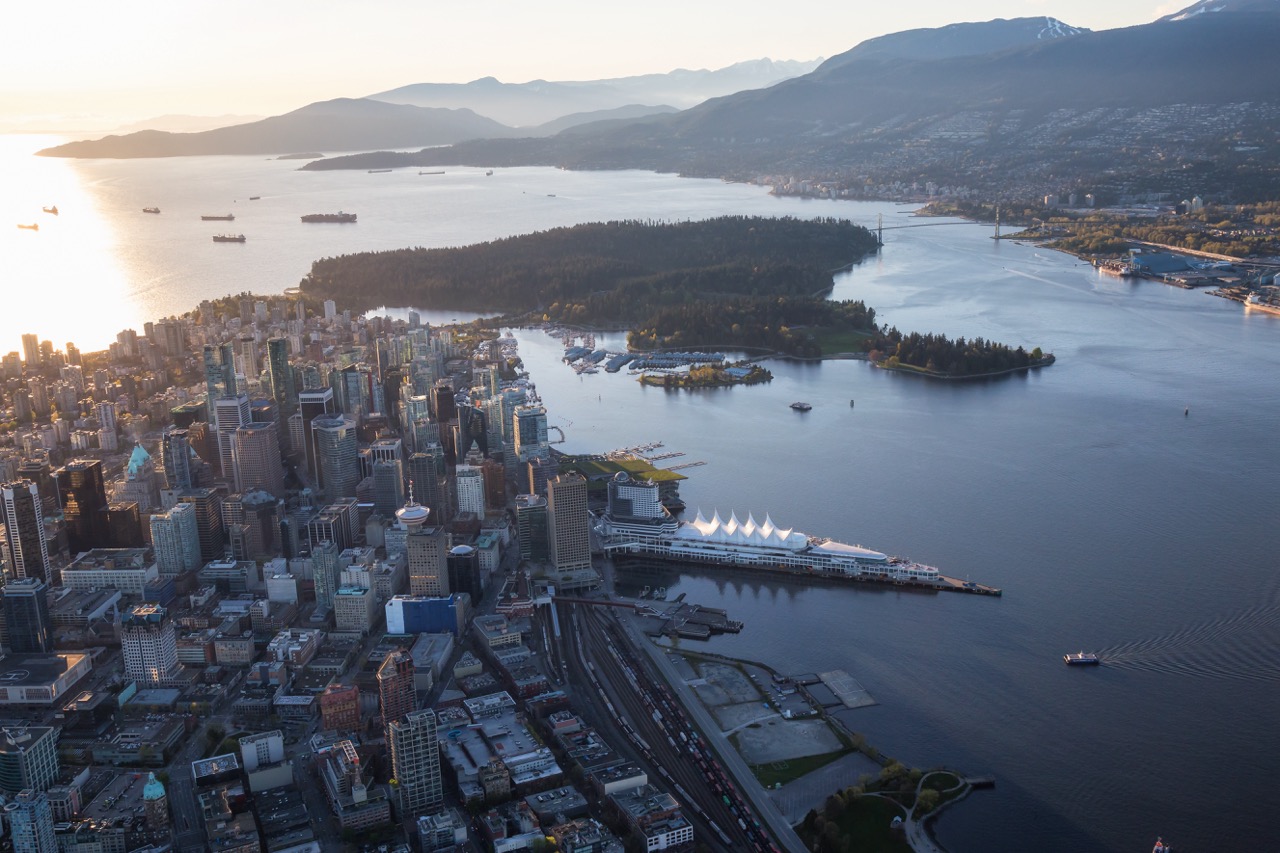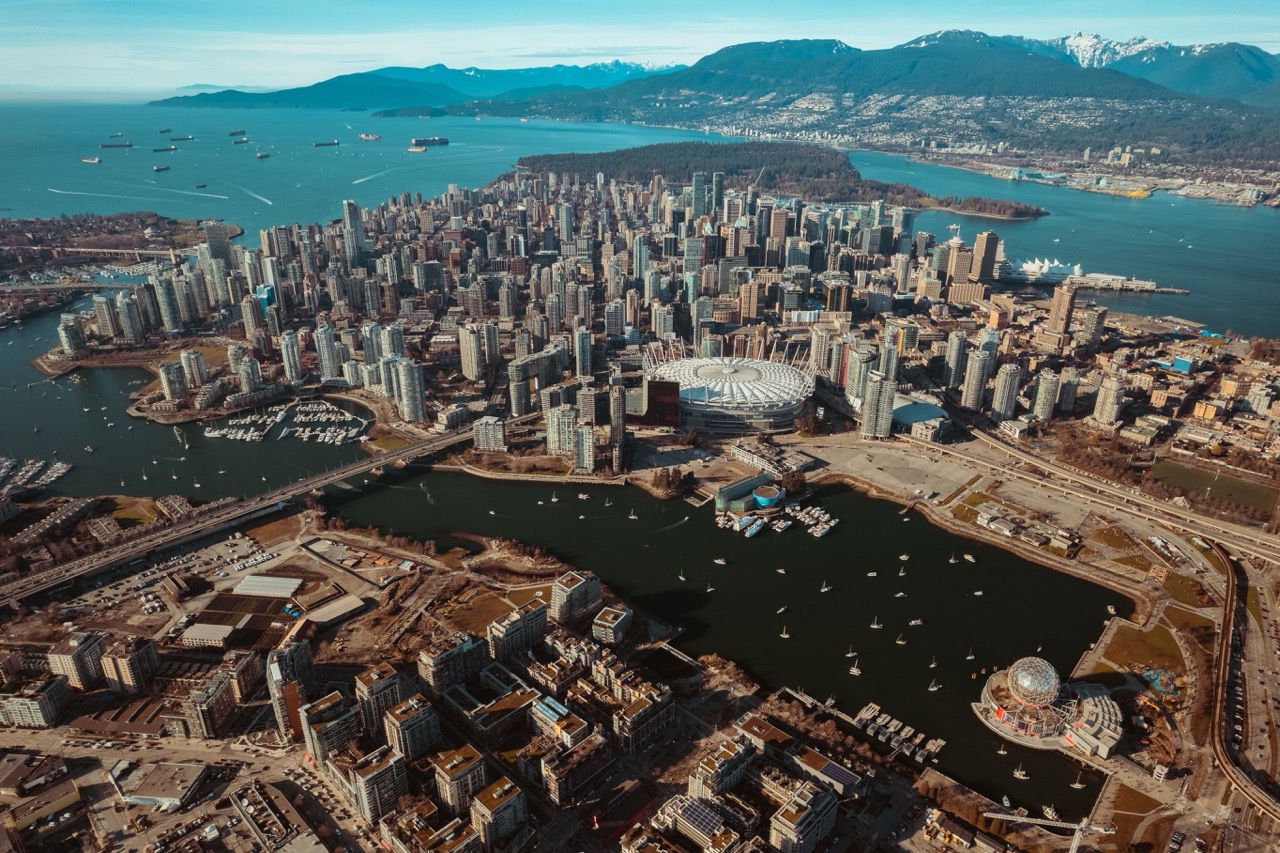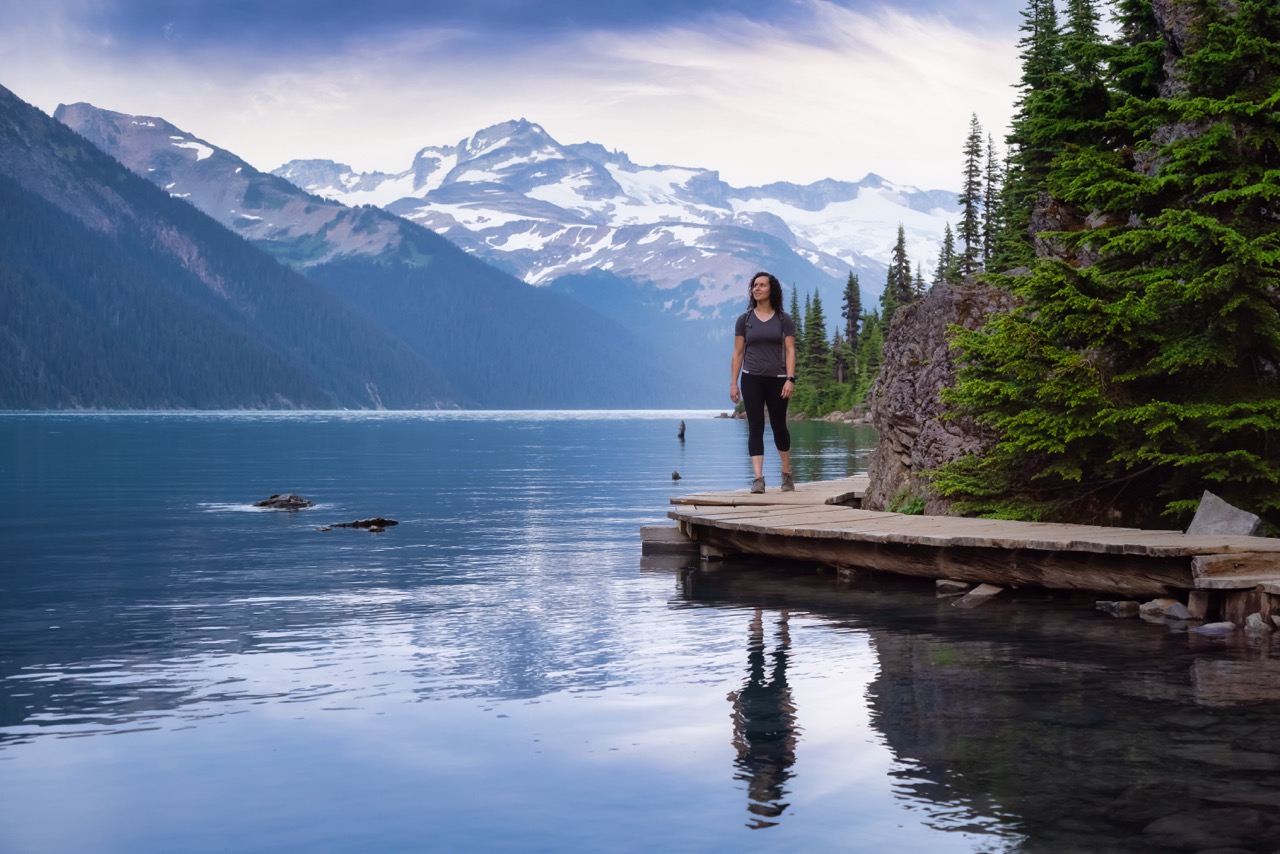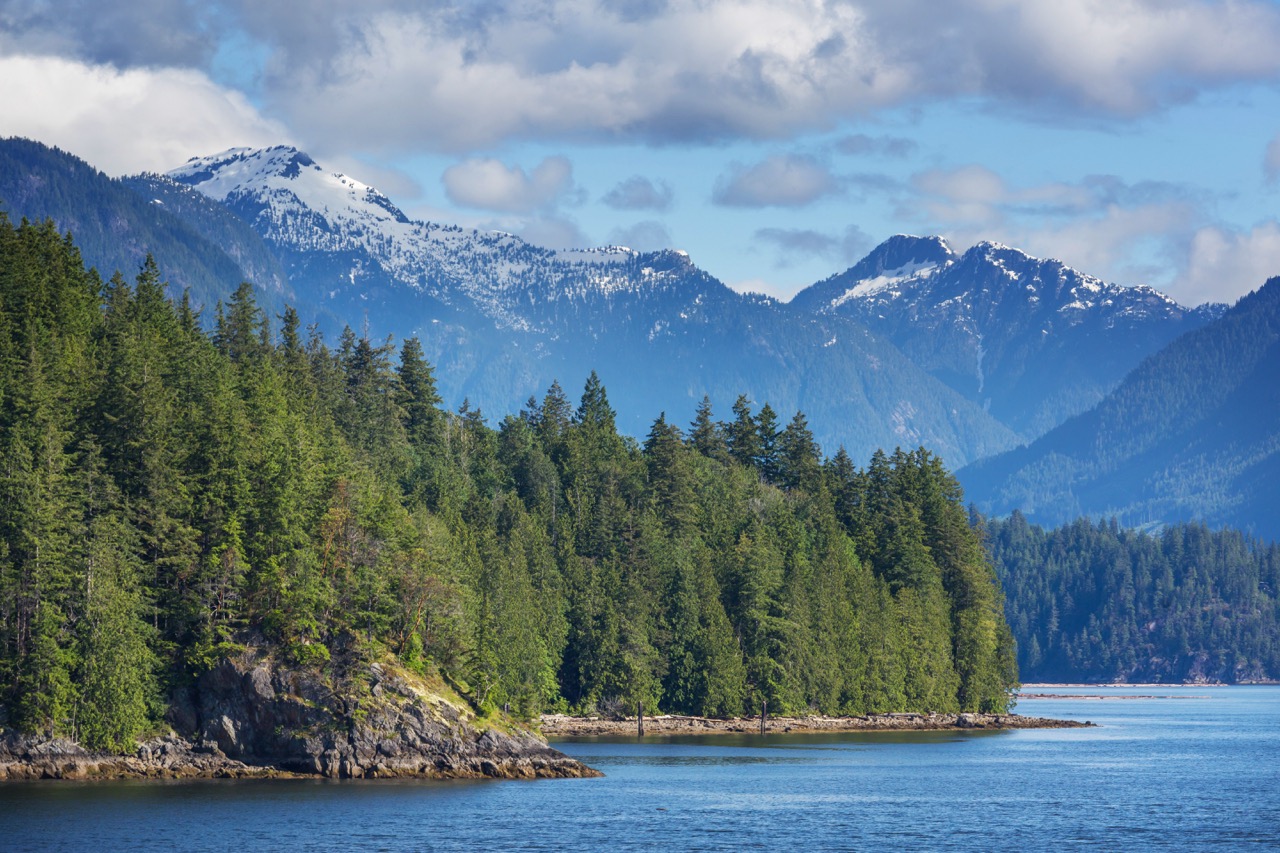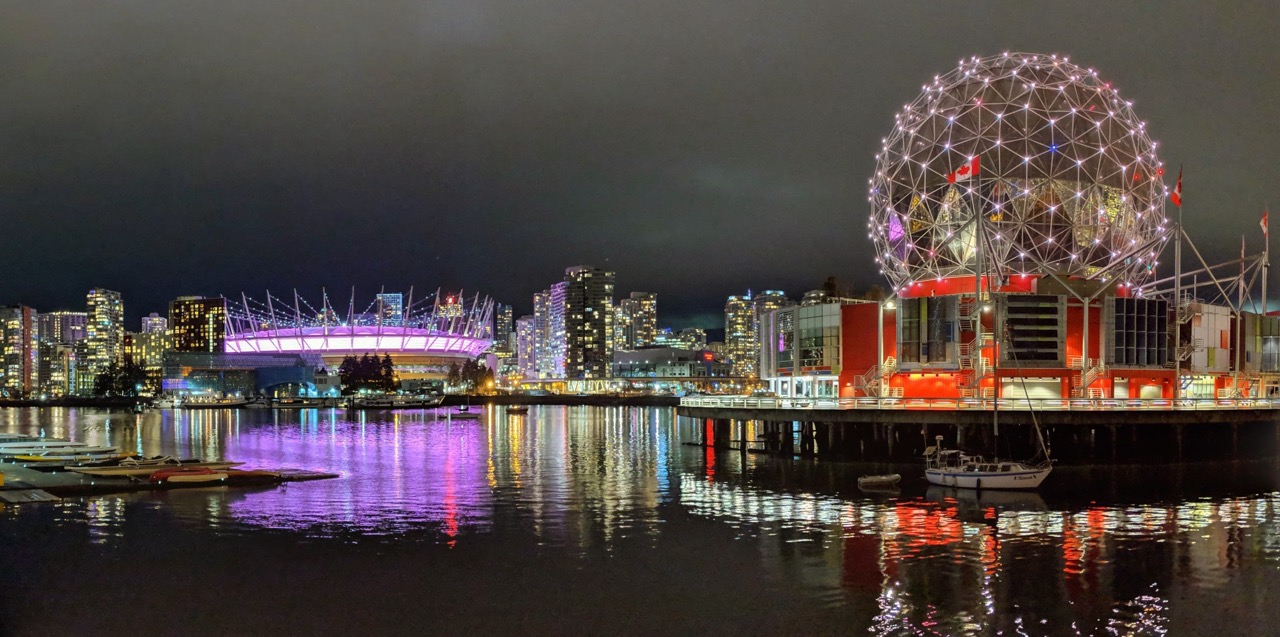British Columbia (BC) is renowned for its stunning landscapes, from towering mountains to dense forests. Among the province’s many natural wonders, the hot springs stand out as unique geothermal treasures, offering relaxation and rejuvenation. With numerous hot springs scattered throughout the region, visitors have a wealth of options to explore. This article delves into the diversity of these natural wonders, evaluates their accessibility, examines the health benefits they provide, compares some of the most popular springs, assesses their environmental impact, and offers tips for planning a memorable visit.
Discovering the Diversity of BC’s Natural Hot Springs
BC’s hot springs are as varied as the landscapes they inhabit. From the rustic charm of natural pools tucked away in the wilderness to luxurious resort-style springs, each site offers a unique experience. Notable locations include the famous Harrison Hot Springs, which boasts well-developed facilities, and the remote, undeveloped hot springs like Ainsworth Hot Springs, known for its cave soaking experience. These diverse settings allow visitors to choose between a more social atmosphere and a secluded escape into nature.
The temperature and mineral composition of each spring also differ significantly, enhancing the diversity of the experience. Some springs, like the Liard River Hot Springs, are celebrated for their warm waters rich in minerals that are believed to have therapeutic properties, while others, such as the hot springs found in the Kootenays, offer a mineral-rich experience coupled with breathtaking mountain views. This variety not only caters to different preferences but also contributes to the allure of exploring multiple springs during a single trip.
Furthermore, BC’s hot springs are situated in some of the most picturesque regions, surrounded by natural beauty that adds to the overall experience. Visitors can soak while taking in the views of lush forests, towering peaks, or even pristine lakes. This connection to nature enhances the therapeutic qualities of the springs, providing both physical and mental rejuvenation. With such a diverse selection, hot springs in BC appeal to a wide range of visitors, from adventurous souls seeking a wild experience to those looking for a smooth and soothing retreat.
Evaluating Accessibility: How to Reach BC’s Hot Springs
Accessibility is a crucial factor for many visitors when choosing which hot spring to explore. While some springs are conveniently located near major highways and towns, others require a journey through rugged terrain or remote backcountry roads. For example, Harrison Hot Springs is easily accessible, located just a short drive from Vancouver, making it a popular choice for both locals and tourists. In contrast, more remote springs like Nakusp Hot Springs require a longer drive and possibly a hike, which may deter some visitors but appeals to those seeking adventure.
Public transportation options vary across the province, with some areas serviced by bus routes that connect to popular springs. In regions like the Kootenays, shuttle services may operate, providing an accessible means of transportation. However, for many of BC’s more secluded hot springs, personal vehicles are recommended, as they allow for greater flexibility and access to off-the-beaten-path locations. It is important for travelers to plan accordingly, taking into consideration the distance and road conditions to ensure a smooth journey.
In recent years, accessibility has improved in some regions, with infrastructure developments aimed at attracting tourism. Facilities such as parking lots, well-maintained pathways, and information signage have been introduced at several popular springs. Despite these advancements, some natural springs remain challenging to access, reminding visitors to prioritize safety and preparedness. Overall, understanding the accessibility of each hot spring can enhance the enjoyment of the journey and help visitors choose the right location for their adventure.
Analyzing the Health Benefits of Soaking in Hot Springs
Soaking in natural hot springs is often associated with numerous health benefits, many of which are backed by research and anecdotal evidence. The warm water helps to soothe sore muscles and joints, making it an appealing option for athletes or individuals with chronic pain. The heat encourages increased blood circulation, which can assist in promoting healing and reducing inflammation. Many visitors report feeling significant relief from ailments such as arthritis, fibromyalgia, and other muscular issues after soaking in hot springs.
In addition to physical benefits, soaking in hot springs can also have a positive impact on mental health. The calming environment and warm water provide a form of relaxation that can reduce stress and anxiety levels. Many individuals find that the peaceful setting allows them to disconnect from daily pressures, promoting a meditative state that fosters mental well-being. The therapeutic value of soaking is further enhanced by the minerals present in many hot springs, such as sulfur, magnesium, and calcium, which are believed to have additional health benefits.
However, it’s essential to approach hot spring soaking with caution, particularly for individuals with pre-existing health conditions. While most people can enjoy the benefits, those with certain heart conditions, skin sensitivities, or respiratory issues should consult with a healthcare professional before visiting. Furthermore, staying hydrated and being mindful of soaking duration are crucial to maximizing the health benefits while avoiding potential risks associated with exposure to high temperatures.
Comparing Popular Hot Springs: Which Ones Stand Out?
When comparing popular hot springs in British Columbia, a few locations consistently capture the attention of visitors. Harrison Hot Springs is often at the top of the list, famed for its family-friendly facilities, luxurious accommodations, and extensive wellness offerings. The hot springs here are enriched with minerals and are located near the picturesque Harrison Lake, providing an all-encompassing experience for visitors seeking relaxation and recreation.
Another standout is the Ainsworth Hot Springs, known for its unique cave soaking experience. The natural cave provides a distinctive atmosphere, allowing visitors to enjoy the healing properties of the mineral-rich waters in a breathtaking setting. Additionally, Ainsworth’s location in the Kootenays puts it in proximity to stunning mountainous landscapes, making it a popular choice for those who appreciate the combination of soaking and outdoor activities like hiking or skiing.
Lastly, the Liard River Hot Springs offers a different vibe, emphasizing a more rugged and natural experience. Located within a provincial park, this hot spring features wooden boardwalks and serene natural surroundings. Visitors are often drawn to the raw beauty of the area, with the opportunity to spot wildlife and enjoy the tranquility of the wilderness. Each of these hot springs stands out for its unique offerings, catering to diverse preferences and ensuring that visitors have ample choices when planning their soaking adventures.
Assessing Environmental Impact: Preserving Hot Springs
The popularity of BC’s hot springs brings with it a responsibility to preserve these natural wonders for future generations. Increasing foot traffic and development can lead to environmental degradation, affecting both the springs and their surrounding ecosystems. Issues such as littering, habitat disruption, and water quality degradation are growing concerns, prompting the need for sustainable practices and awareness among visitors.
Conservation efforts are being implemented at several hot spring locations, with provincial authorities and environmental organizations taking steps to protect these natural resources. Initiatives include establishing guidelines for sustainable tourism, educating visitors on responsible behaviors, and restricting access to sensitive areas. In some cases, fees or permits have been introduced to help fund conservation efforts, ensuring that the delicate balance between tourism and preservation can be maintained.
Ultimately, the preservation of BC’s hot springs relies on a collective effort from both visitors and management. By promoting responsible use and respectful appreciation of these natural sites, individuals can contribute to their longevity. This includes practices such as packing out trash, staying on designated paths, and respecting wildlife habitats. Awareness and education are key components in ensuring that future visitors can enjoy the natural hot springs in their pristine condition.
Planning Your Visit: Tips for Enjoying BC’s Hot Springs
To make the most of a visit to BC’s hot springs, proper planning is essential. First, researching the various hot springs available and understanding their specific features, accessibility, and amenities can help in selecting the right destination. Whether you prefer a developed resort or a natural soaking experience, knowing what to expect can enhance the overall experience. Additionally, checking seasonal conditions and possible closures can prevent any disappointments upon arrival.
When preparing for a soak, it’s advisable to pack accordingly. Essentials include swimwear, towels, and water shoes for comfort and safety. Bringing along hydration options, such as water or electrolyte drinks, is also important, especially when spending extended periods in the hot water. Furthermore, considering the time of day for visiting can make a difference; early morning or late evening visits often provide a more peaceful atmosphere with fewer crowds.
Lastly, respecting the local culture and rules surrounding hot springs is crucial for a positive experience. Many springs are located on Indigenous lands, and understanding their significance and history can enrich your visit. Engaging with local guides or tour operators can also provide valuable insights and support responsible tourism practices. By following these tips, visitors can ensure a memorable and enjoyable soaking adventure in BC’s stunning natural hot springs.
Exploring British Columbia’s hot springs offers a unique opportunity to experience the beauty and therapeutic benefits of nature. With a diverse range of springs to choose from, visitors can find locations that cater to their preferences, whether seeking adventure or relaxation. As accessibility improves and awareness of environmental impact grows, it becomes increasingly important to approach these natural treasures with a sense of responsibility. By planning ahead and practicing respect for the environment and local cultures, visitors can fully immerse themselves in the restorative experience that BC’s hot springs have to offer.

